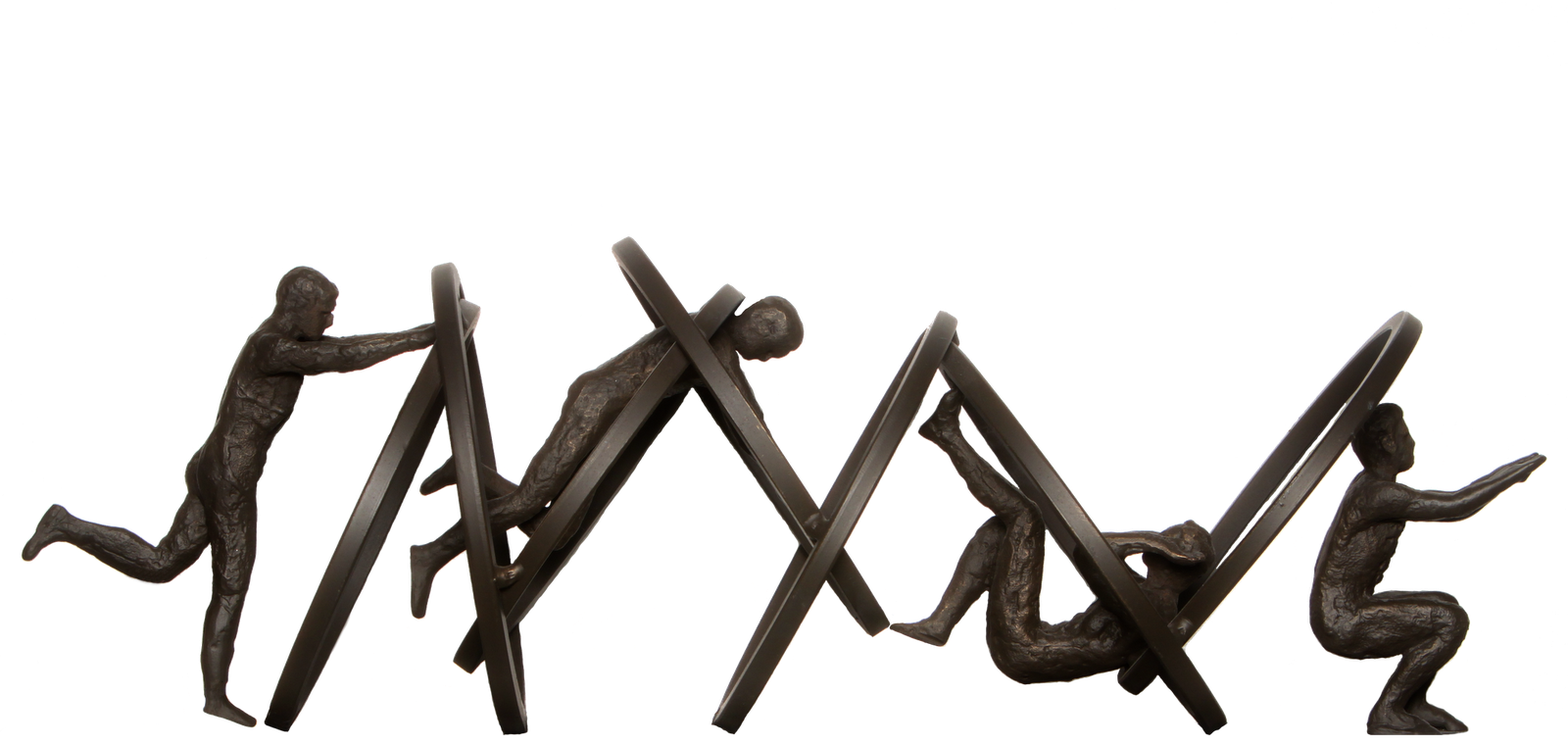The hip joint is receiving quite a bit of press due to the prevalence of injuries in elite athletes. We all admire the skill and commitment of these athletes and are amazed at what their bodies can achieve. It is no surprise that many of them experience pain and injuries to the cartilage (or labrum) of the hip joint. But, are only professional athletes susceptible to hip injuries such as labral tears?
Unfortunately for the rest of us, the answer is NO!
Whether you are a couch potato or a weekend warrior, you too can sustain an injury to the cartilage in your hip. Luckily identifying certain factors that may place you a risk for this injury may be your salvation.
If you perform activities with a high level of rotational stresses to the hip, you are at risk for a labral tear. Repetitive movements of lifting and twisting with your foot planted on the ground will place increased stress on the hip joint. Amateur athletes, including those in high school, may also be at risk if the sport they participate in requires repetitive cutting, twisting and pivoting. The risk is heightened when the athlete has specific weakness throughout muscles in the core, gluteals and lower body, leading to reduced stability of the hip joint.
It is also important to realize that no two hip joints are the same. The human body is unique and develops differently for each person. Not everyone has the flexibility of a gymnast or the strength of an Olympic weight lifter. Depending how the hip joint develops from when you were a child dictates how easily the hip moves in various directions. Problems can occur when a person repeatedly performs an activity, whether it is exercise or their occupation, in such a way that places increased stress on the hip joint in a manner that it can not sustain. Over time, this increased stress will lead to a gradual fraying of the cartilage and result in pain and reduced mobility. If these stresses to the joint are not reduced, further degenerative changes to the bony surfaces will also occur.
This does not mean that everyone will have an injury to their hip joint. One must be aware of the limitations of the joint and know the signs when something may be injured.
Most individuals who have a labral tear complain of a deep, sharp, pinching pain throughout the front of the hip and groin region. Pain usually worsens with certain positions of their hip, including rotation of the leg, lifting the knee towards the ceiling or bringing the leg across the body. Athletes will have pain with pushing off with cutting and pivoting motions. Usually movement is more painful than at rest. The labrum serves to improve the fit of the ball inside the socket. When a tear to the labrum occurs, the overall stability of this fit may be compromised. Individuals may experience a feeling of “giving-way,” or describe the hip being “out of position.”
The protective effect of the labrum is to absorb stress to the bony surfaces of the hip joint.
When the labrum can no longer perform this duty, increased loads on the bones will be sustained, resulting in degeneration. This is why is it essential to identify and correct a labral injury in the early stages.
How are labral tears diagnosed?
Typically, the diagnosis of a labral tear occurs from a combination of clinical tests done by the orthopedist/physical therapist and a MRI arthrogram. MRIs have become a more prescribed diagnostic test, but many individuals may not be familiar with an arthrogram procedure. Essentially, this test is the same as an MRI only the patient is injected with a contrast dye into the hip joint. Due to its deep location, the labrum is better highlighted with the use of a contrast dye. Also, when the dye is used, the radiologist/orthopedist is looking for any leakage of this material out of the joint itself. If leakage is observed, a tear to the labrum/joint capsule has occurred.
Without the use of a contrast dye, a labral tear is often missed, resulting in a misdiagnosis. The most common being a strain to the hip flexor muscle. Because the hip flexor muscle is located in the front aspect of the hip joint, and pain is usually located to this area with a labral tear, it is not difficult to see why a misdiagnosis occurs without proper imaging. Unfortunately, misdiagnoses often lead to a level of frustration from the individual as pain and reduced function persist.
What if a labral tear is observed and diagnosed?
The diagnosis of the labral tear does not always mean that surgery is a must. It directly depends on the size and stability of the tear, the patient’s activity level, age, and the health of the bony structure of the hip. If the individual is young, athletic and the bones do no show significant degenerative changes, surgery is usually recommended especially if the tear is large and impeding function. If the tear is minor, the individual may be able to avoid surgery if he/she is instructed in ways to reduce the stress to the hip joint by addressing underlying muscle weaknesses. In this case, physical therapy may be extremely helpful.
TAKE HOME MESSAGE
If you are experiencing pain, stiffness and reduced ability to perform your daily activities, including exercise, sports, walking, sitting, bending over, crossing your legs, and sleep, it is best to be evaluated by a trained professional as soon as possible. Early detection of problems to the hip will likely allow you to get back to your daily activities and sport painfree and more importantly, reduce your risk for further injury to your body.
Thursday, July 1, 2010
Subscribe to:
Posts (Atom)
